SUMMARY
This is AI generated summarization, which may have errors. For context, always refer to the full article.
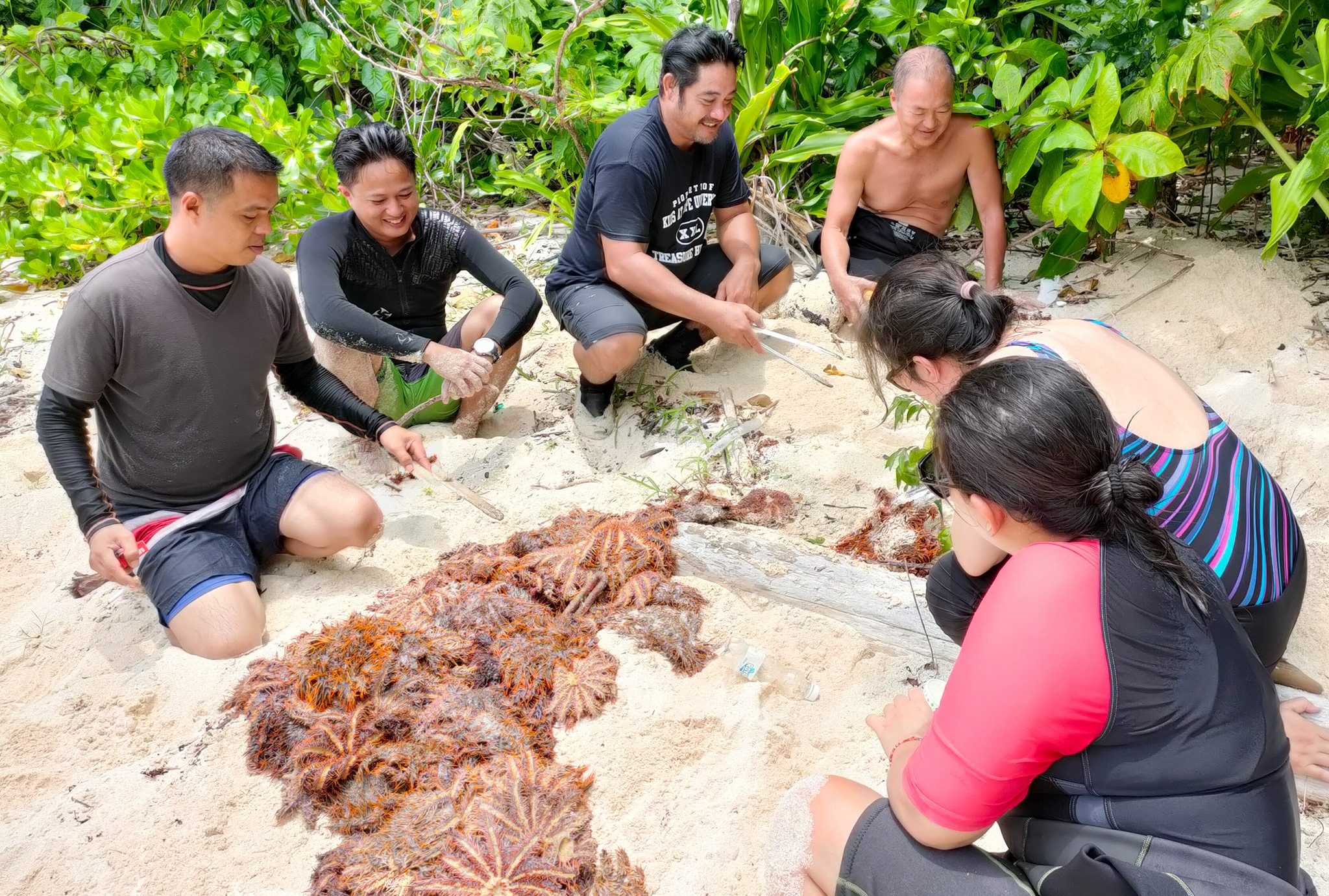
Tourism may be on hold in El Nido due to the enhanced community quarantine (ECQ) in Metro Manila, but the spirit of environmental conservation is alive and well.
A group of volunteers, mostly SCUBA dive instructors and tourism workers, joined forces to combat a natural threat to their precious coral reefs – the crown-of-thorns starfish.
Local diver and tourism business owner Ryan Christopher Cañizares said in an interview that the volunteers were called in early August to help the Municipal Environment and Natural Resources Office (MENRO). They agreed to provide their services and resources, and even organized a fundraiser so they could buy removal kits.
Starting Thursday, August 12, the team had collected more than 800 crown-of-thorns starfish from several dive spots such as in Payong-payong, Popolcan, Pacanayas Island, and Inambuyod Island. Cañizares stated that the number is unusually high, posing a real danger to the coral reefs.
“Marami na, pwede ko na siya maiconsider na outbreak. Imagine sa isang table coral na may laking one square foot, merong tatlong crown-of-thorns,” he said.
(There are a lot of them now, so I can consider this an outbreak. Imagine a one-square foot table coral hosting three crown-of-thorns.)
Crown-of-thorns starfish consume live corals by inverting their stomachs through their mouths, thus digesting the soft tissues of corals. Marine experts say that their populations increase when a coral reef is stressed, usually due to coral bleaching or human activity. They are also highly toxic to humans if they are stepped on, and can only be removed after being injected with a special toxin. The toxin relaxes the starfish’s grip on the coral, and prevents it from breaking apart and budding into a new starfish.
The starfish’s natural predator, the giant triton shell, faces threats of dwindling numbers due to poaching.
Cañizares stated that he encouraged his fellow volunteers to take advantage of the lack of guests at the moment and do efforts that will take care of their environment.
“Ang lagi nga namin sinasabi sa kanila ng mga divers na samantalahin ang pagkakataon habang wala pa ang turismo at sapat ang mga pagkakataon,” Cañizares added.
(We always tell the divers to take advantage of the lack of tourism and the right opportunities.) – Rappler.com
Add a comment
How does this make you feel?
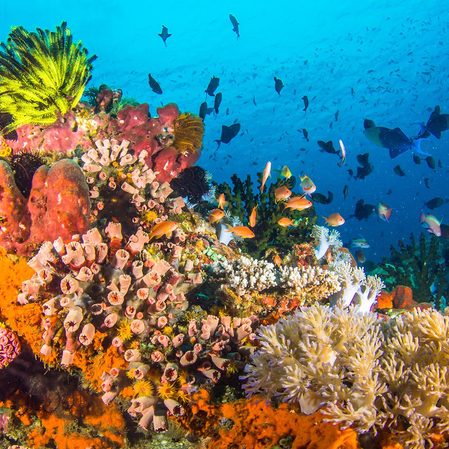


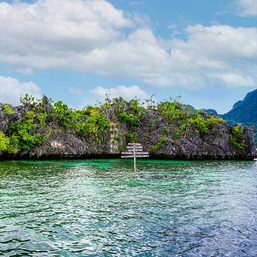

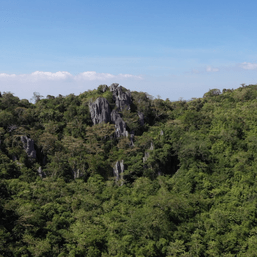







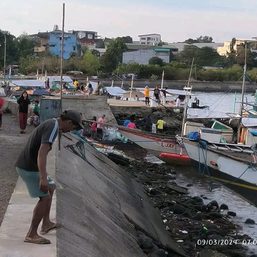
There are no comments yet. Add your comment to start the conversation.